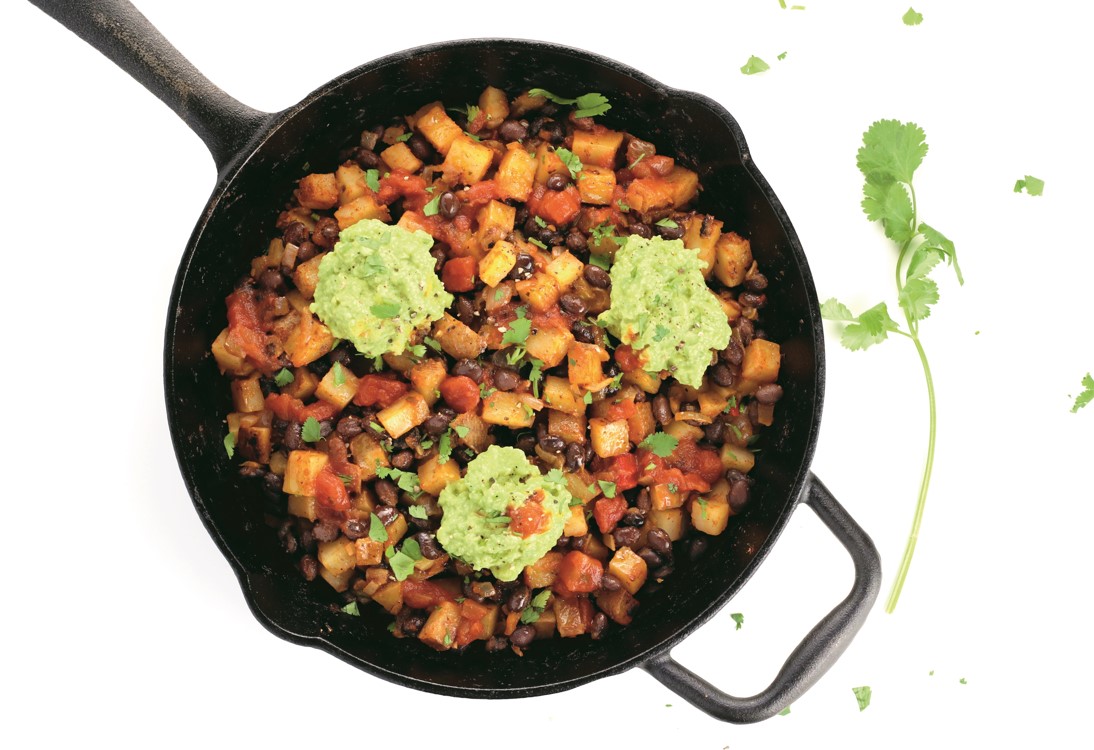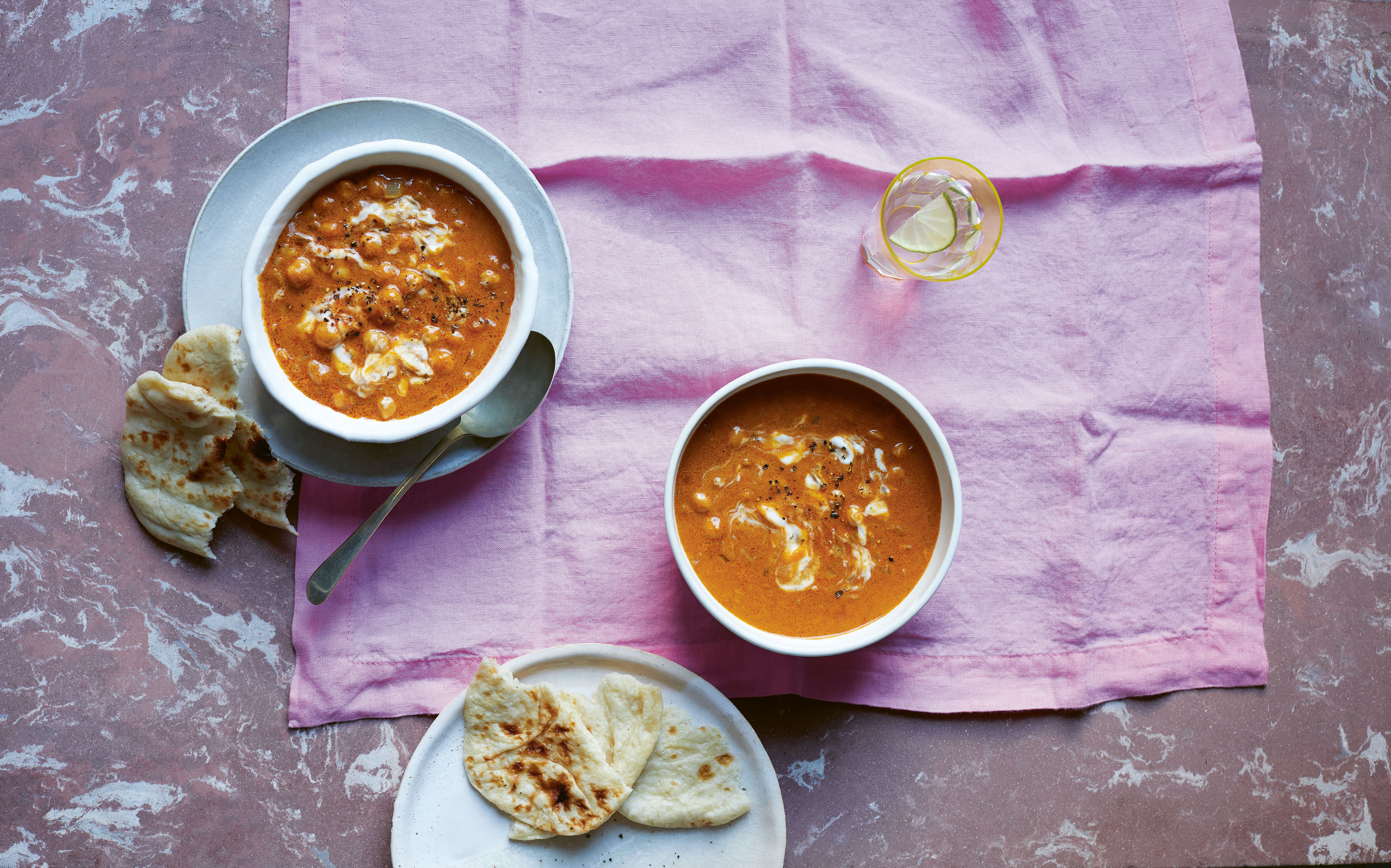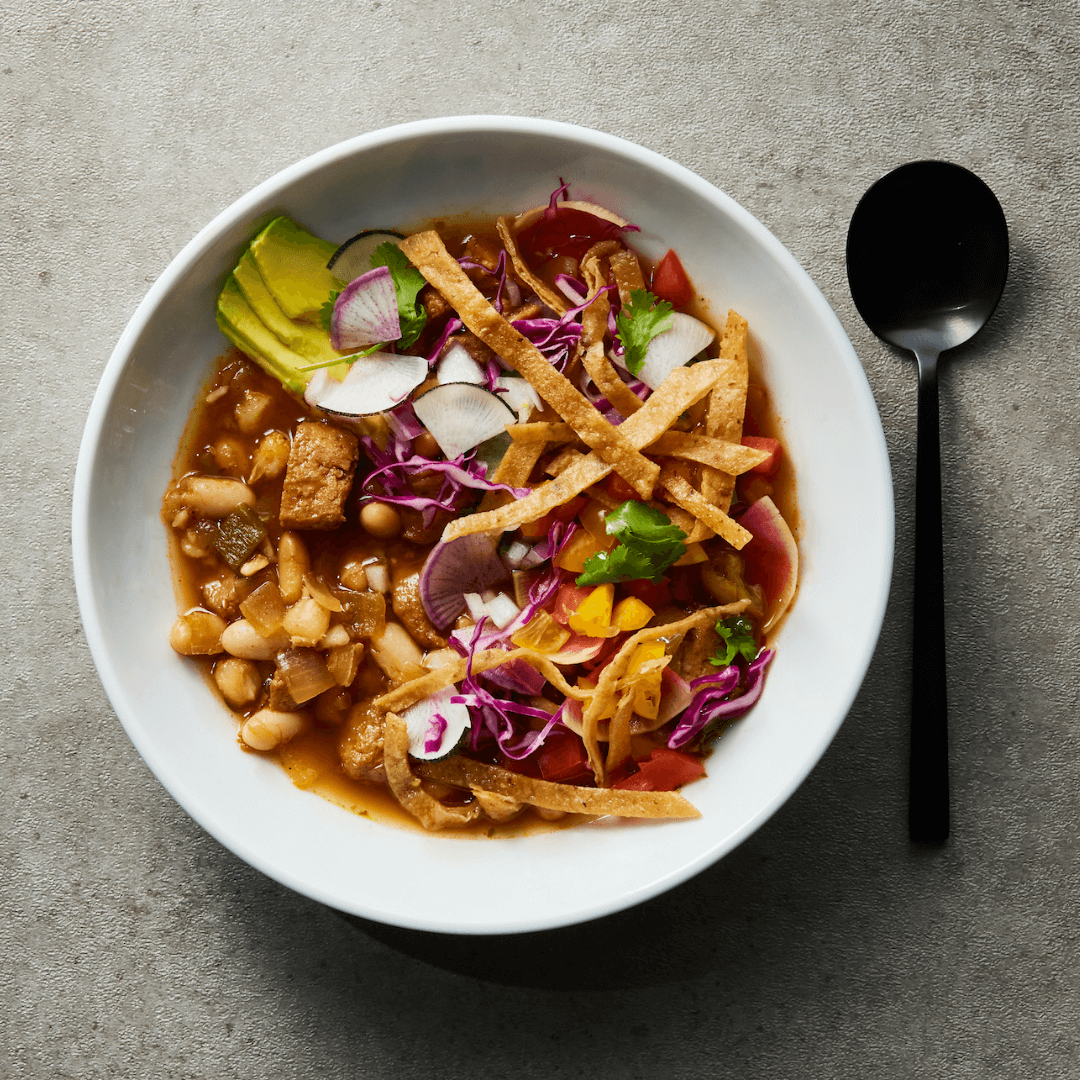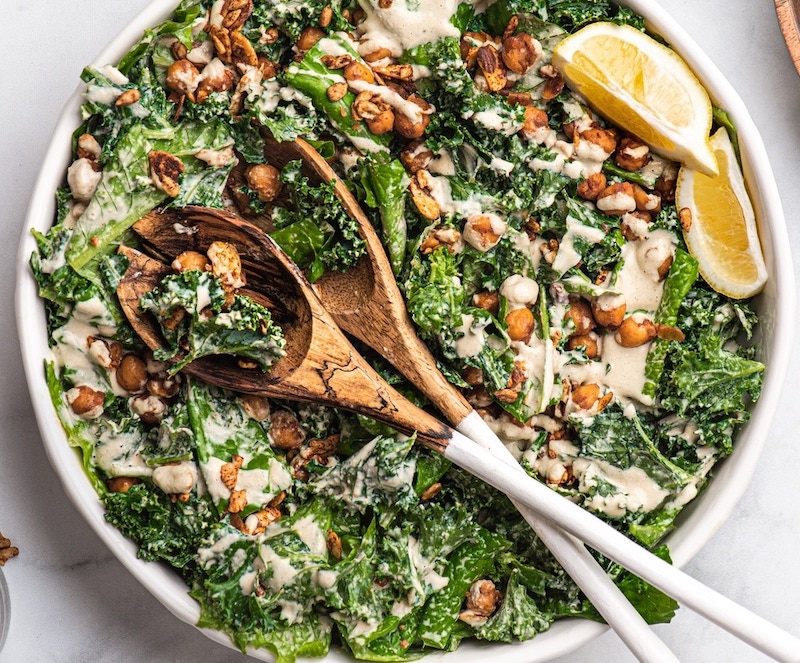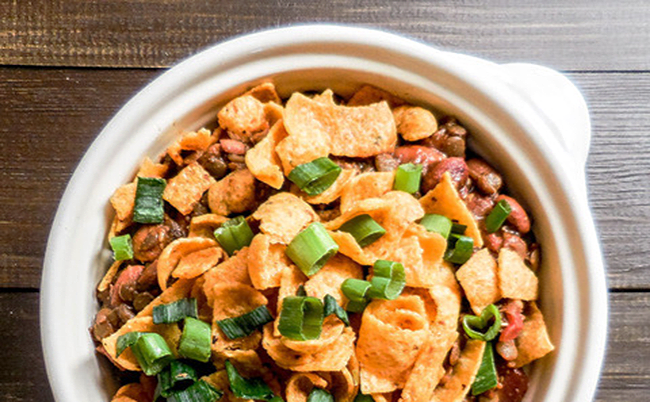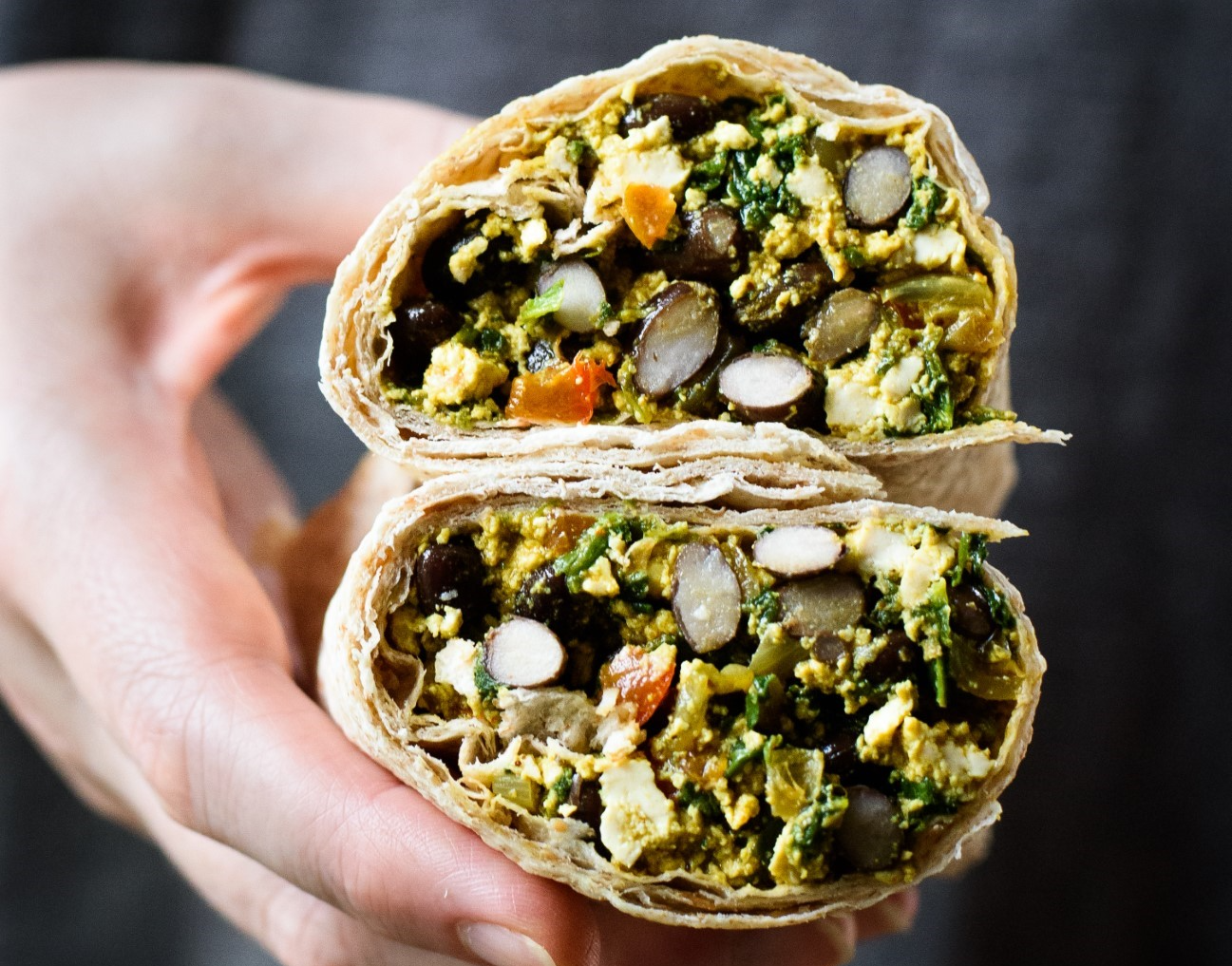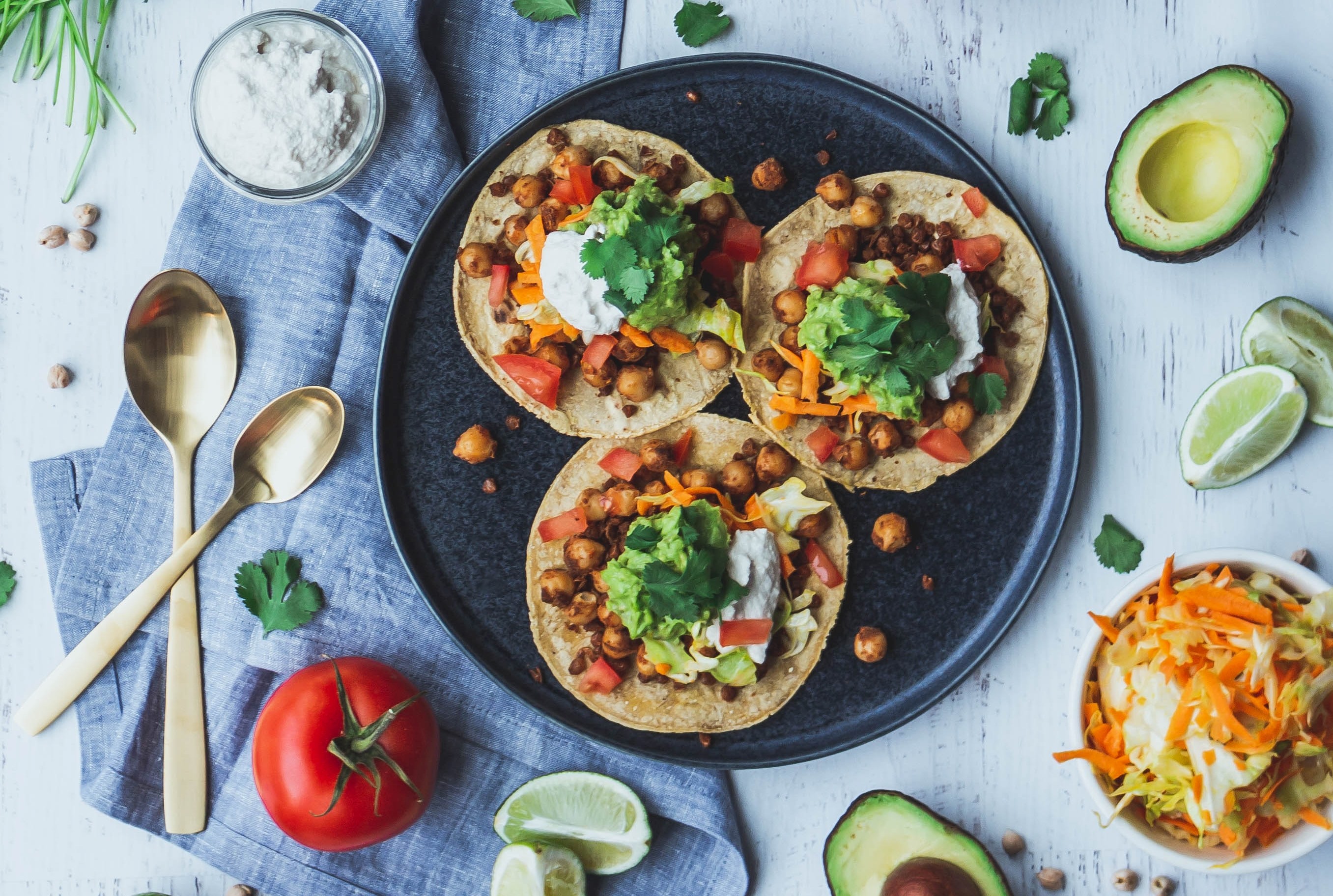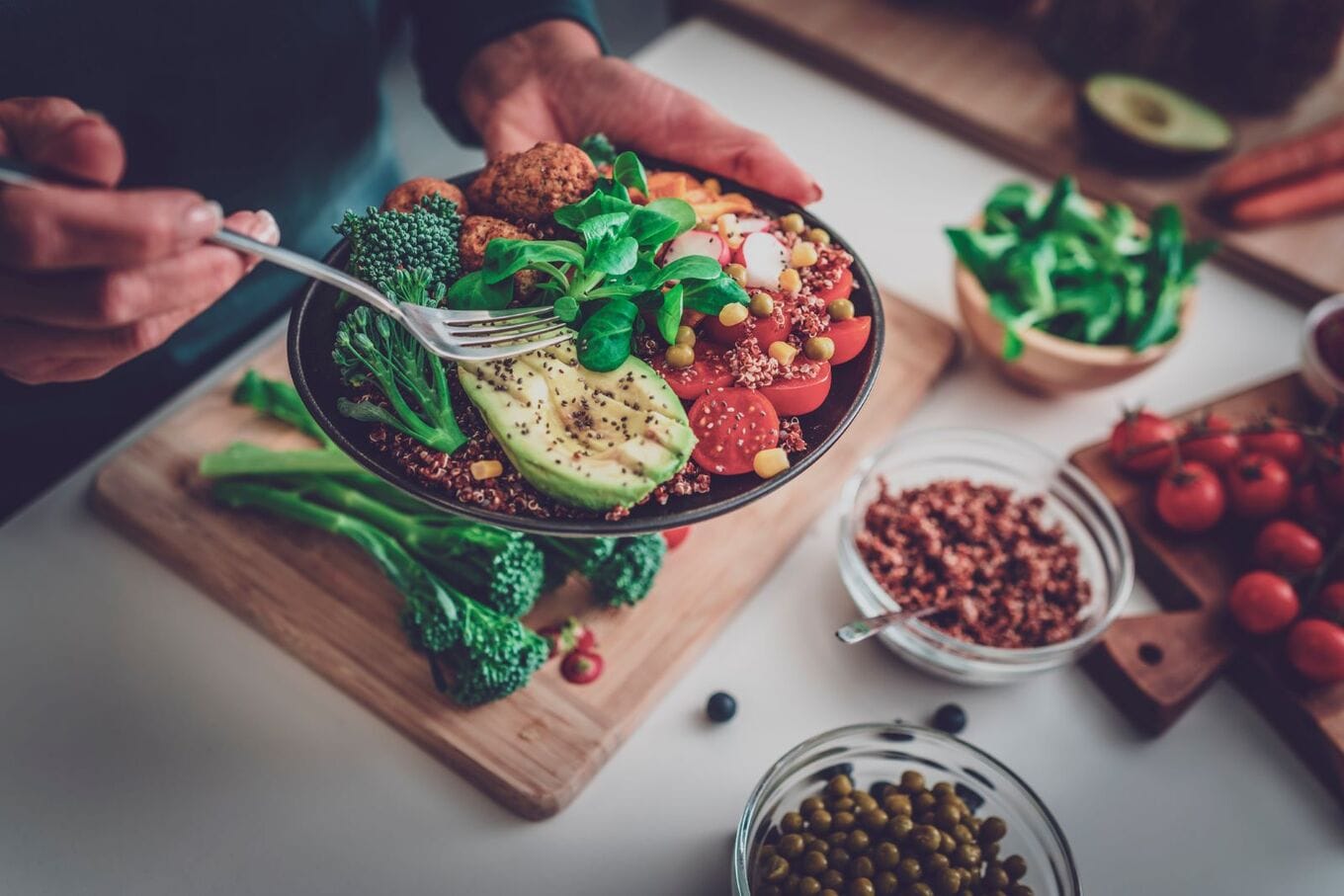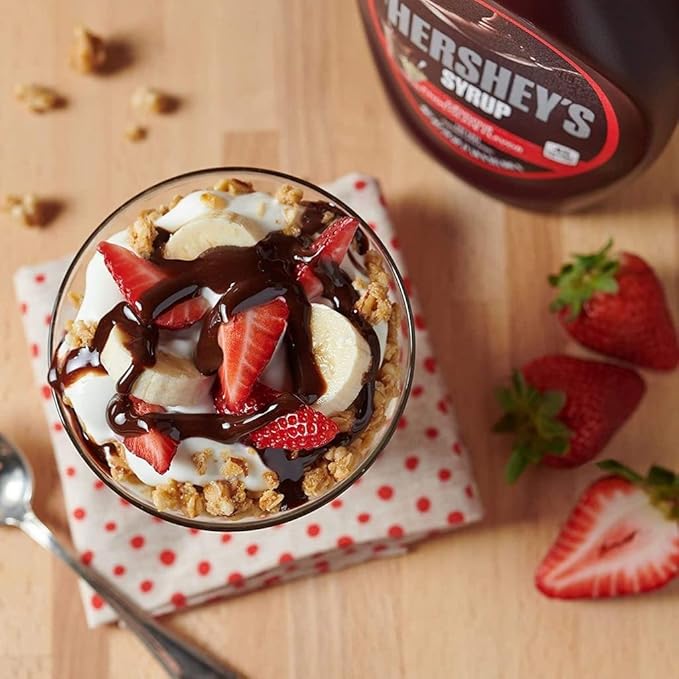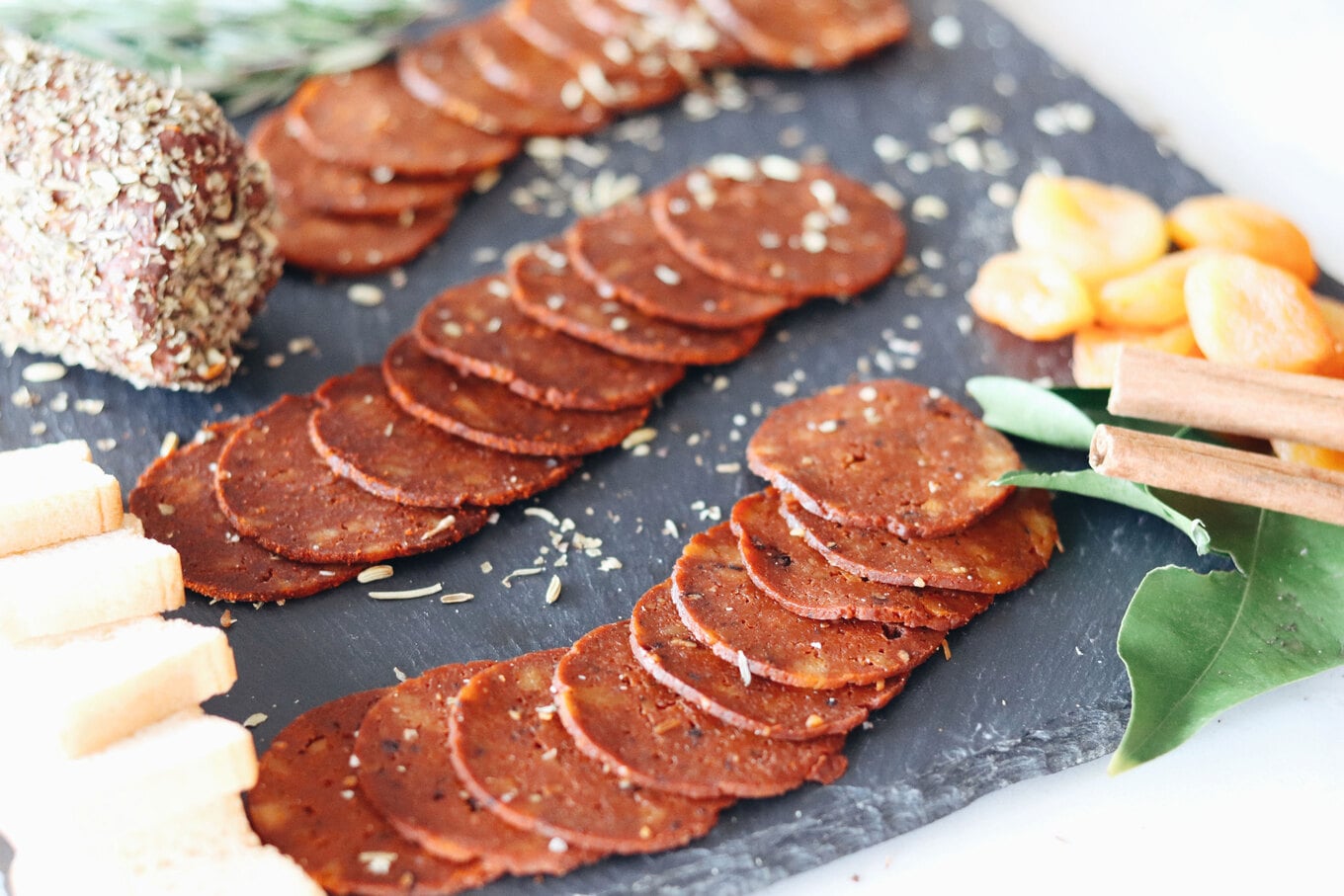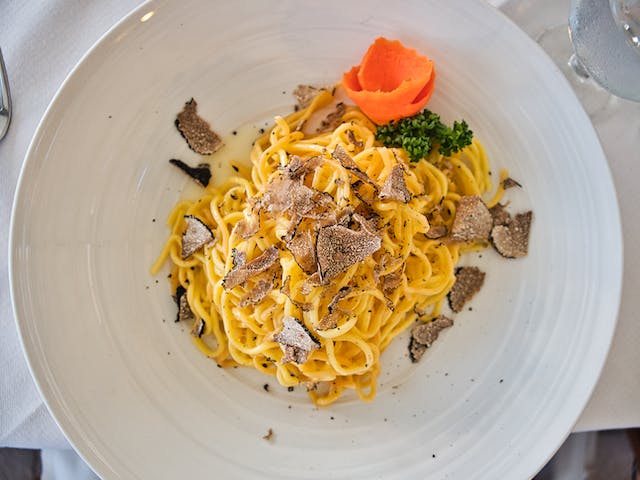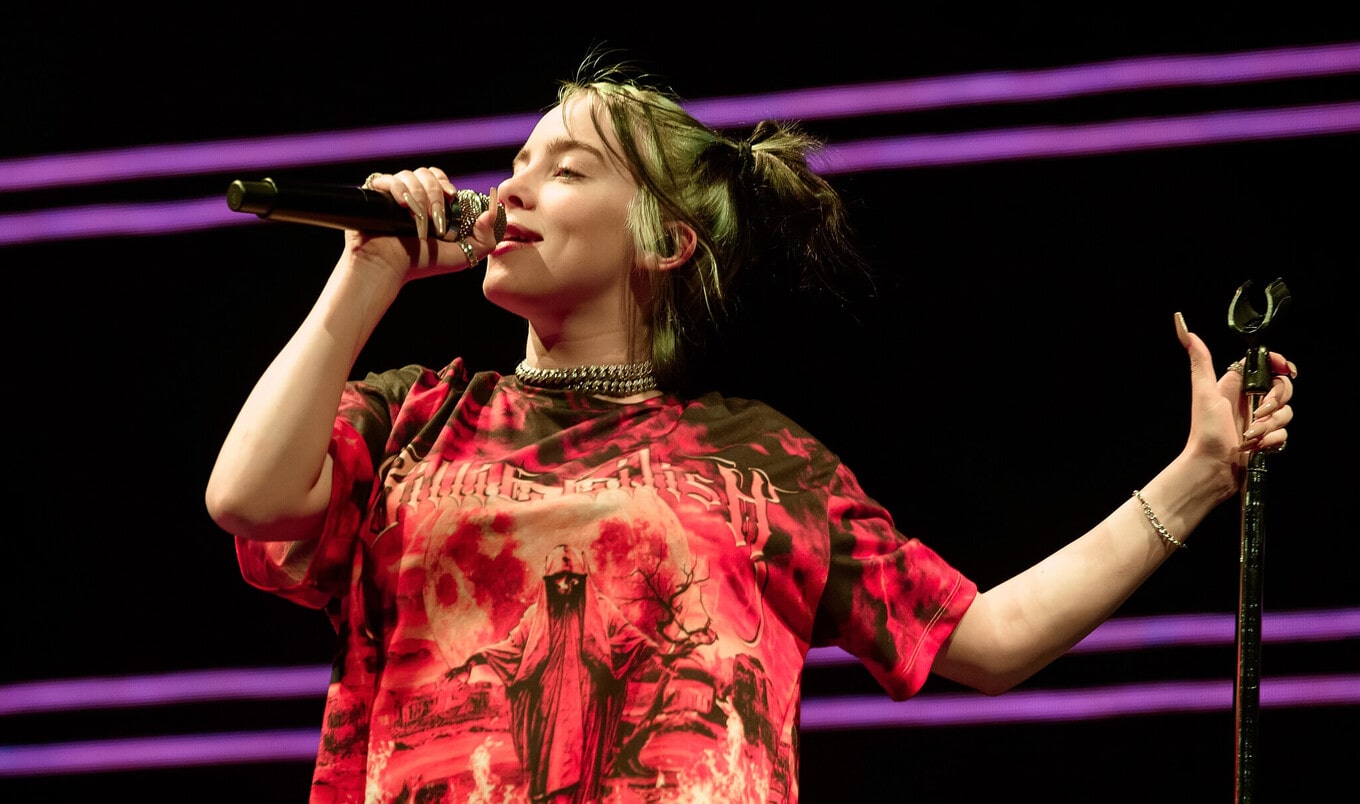Beans are one of the original vegan proteins. They existed before the über-realistic plant-based meats and provided sustenance before seitan. Technically, beans even pre-date tofu. With up to nine grams of plant-based protein per half-cup serving and very little fat, beans are an efficient, healthy, and tasty way to meet your daily protein needs. From soybeans to chickpeas and black beans to pinto, we’ll go over which beans have the most protein—plus seven bean recipes that’ll teach you how to cook them like a pro. But first, we’ll dive into benefits of incorporating beans into your diet.
Beans are a member of the pulse family. Pulses are the edible seeds of legumes that grow inside pods. While you may be familiar with a handful of bean varieties such as black, garbanzo, pinto, and kidney, the category encompasses over 400 types that are eaten around the world. Beans are universal not only for their abundance but also for their accessibility, affordability, and superior nutritional profile. Rice and beans may be a struggle meal, but there’s a reason so many gravitate to this humble dish. It’s filling, it’s nutritious, and it’s cheap. Given the right preparation and a few seasonings, rice and beans can also be delicious and satisfying. Beans are basic, but also infinitely versatile.
Table of Contents
Health benefits of beans
The protein in beans varies depending on the type of bean, but most contain 21- to 25-percent protein by weight, or anywhere from five to nine grams per half-cup serving when cooked.
The same half-cup serving provides about 100 to 120 calories, less than three grams of unsaturated (healthy) fat, up to six grams of fiber, and a significant amount of vitamins and minerals including folate, potassium, iron, manganese, calcium, and magnesium. As a whole, plant-based food, beans are also cholesterol-free.
Beans offer satiety in a nutrient-dense package, and while they may not contain as much protein per serving as some animal-based foods, they make up for it with their health benefits.
“Beans are anti-inflammatory and can lower inflammatory markers in the body which are associated with increased risk for numerous chronic conditions including heart disease, diabetes, and kidney disease,” Dana Ellis Hunnes, PhD, MPH, RD, tells VegNews.
Beans are also rich in fiber, which is helpful for regulating blood sugar in those with Type 2 diabetes. The fiber actually helps the body absorb carbohydrates slower, which aids in preventing blood sugar spikes.
How much protein is in beans?
Incorporating any kind of bean into your diet is a plus, but some are higher in protein than others. Here are the highest protein beans you can buy. Note: protein content is based on a standard half-cup serving.
Canva
1 Cannellini beans
Also called navy beans, these mild white beans contain eight grams of protein. They’re also high in manganese—an essential nutrient that helps regulate everything from metabolism to brain function. They play well with other ingredients and add sustenance to stews and texture to salads.
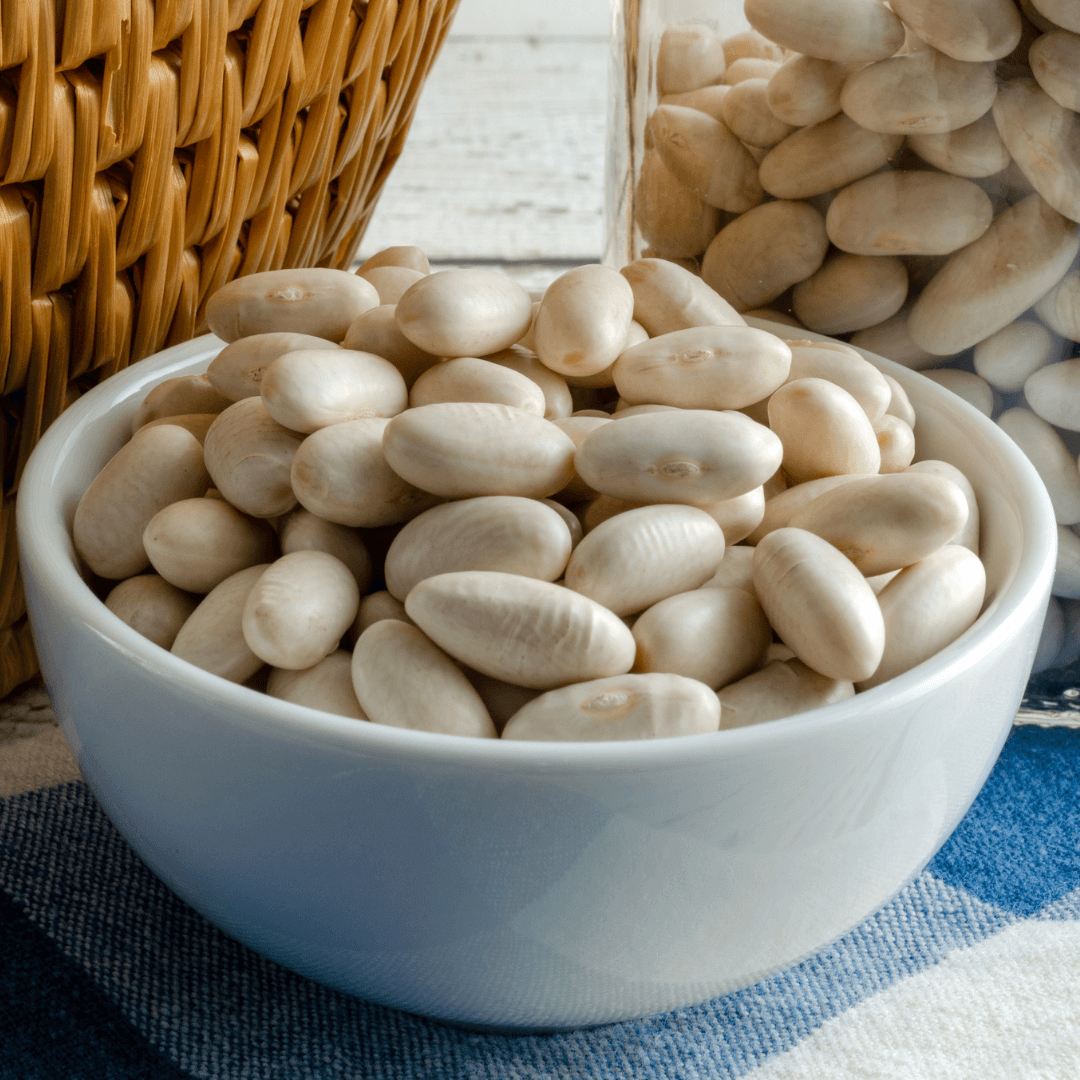 Canva
Canva
2 Great Northern beans
Similar in taste and texture to cannellini beans, this slightly larger white bean variety packs in nine grams of protein. They also contain more potassium—an electrolyte that supports proper nerve function (translation: less muscle cramping!)—than a medium banana. Try blending these beans into a creamy pizza sauce by adding a bit of garlic, sage, and vegetable broth to the mix.
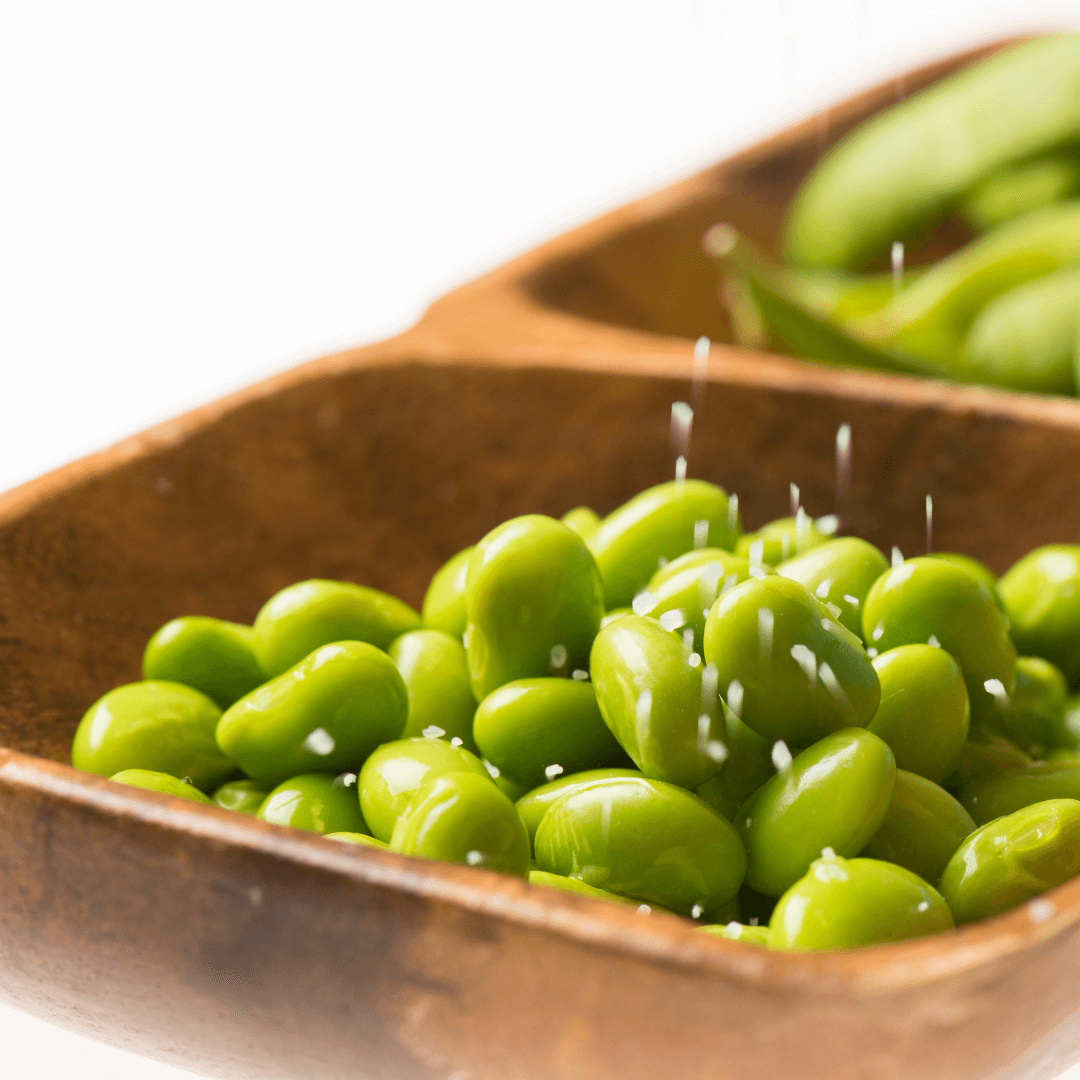 Canva
Canva
3 Edamame
This go-to appetizer is full of plant-based protein. These immature soybeans provide just over eight grams of protein and a solid amount of iron, magnesium, and even some calcium. Go ahead and snack away—you could hit your protein needs before the main course arrives.
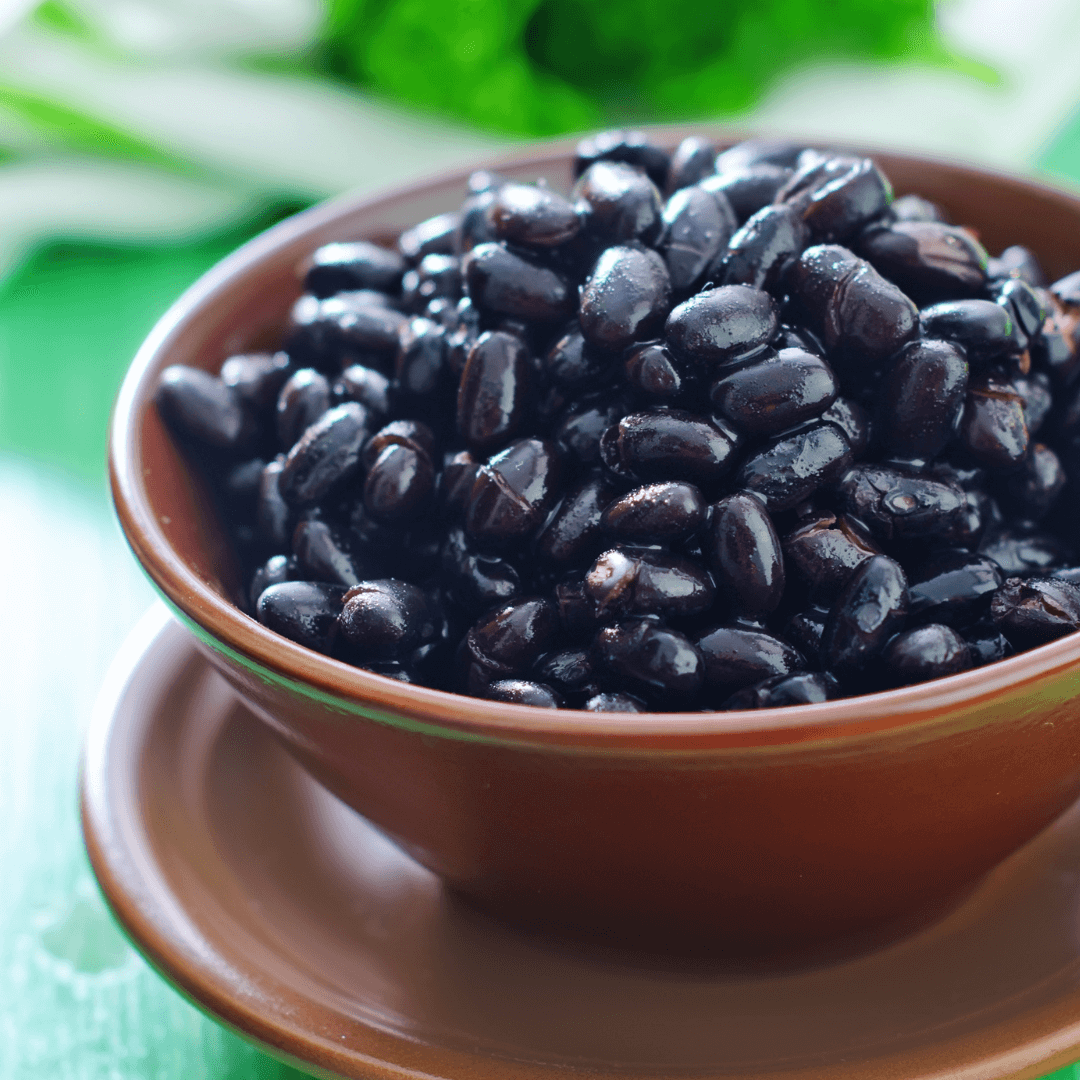 Canva
Canva
4 Black beans
The choice between black and pinto beans is always tough. While similar in protein content, black beans edge out pinto by a few tenths of a gram. Black beans provide 7.6 grams of protein while pintos contain 7.2 grams. Fun fact: pintos may be the default choice for refried beans, but you can find vegan refried black beans at most supermarkets.
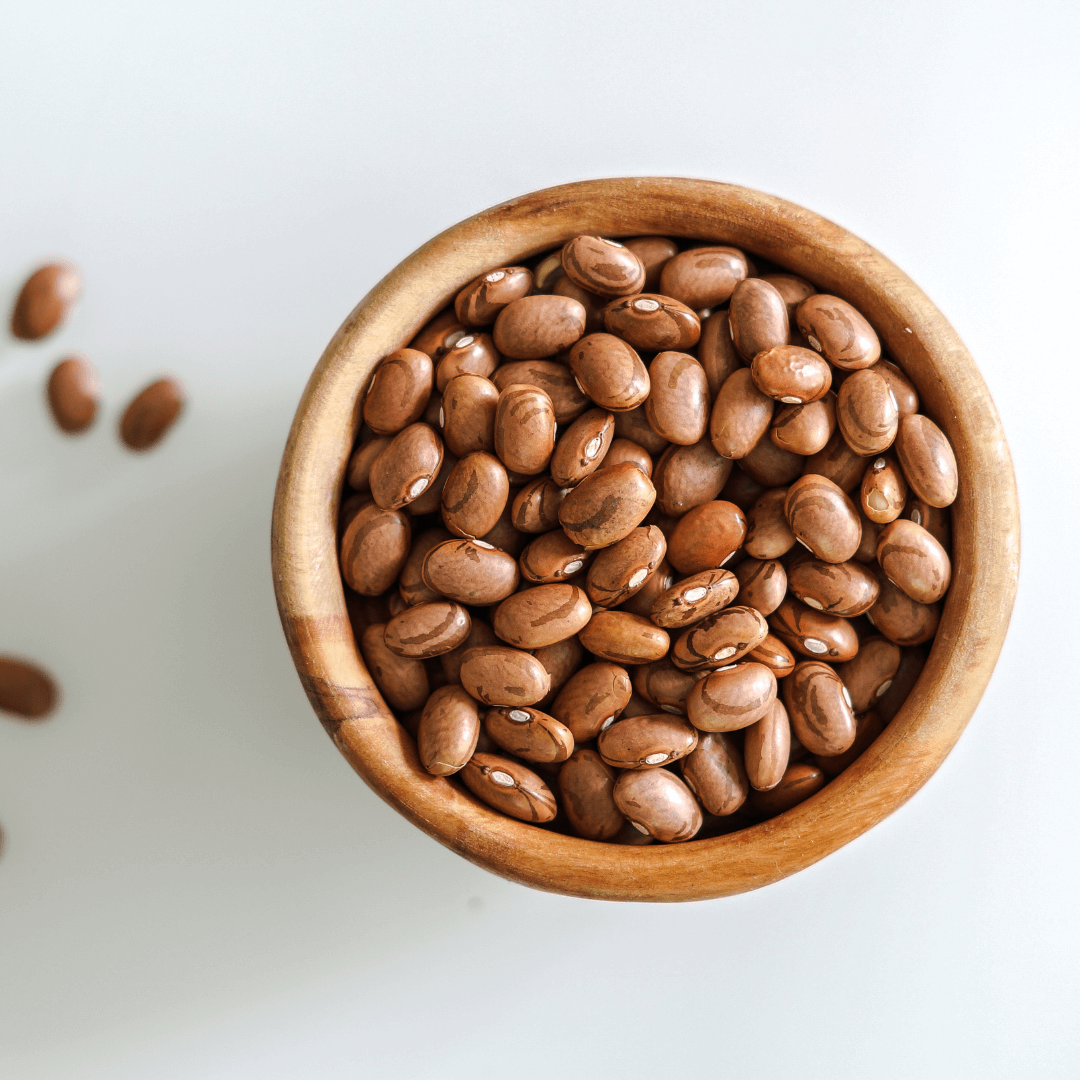 Canva
Canva
5 Pinto beans
Pinto bean loyalists are doing just fine. With a little over seven grams of protein per serving, go ahead and enjoy your pinto bean burritos, seven-layer refried bean dip, and basic beans and rice topped liberally with salsa and guac.
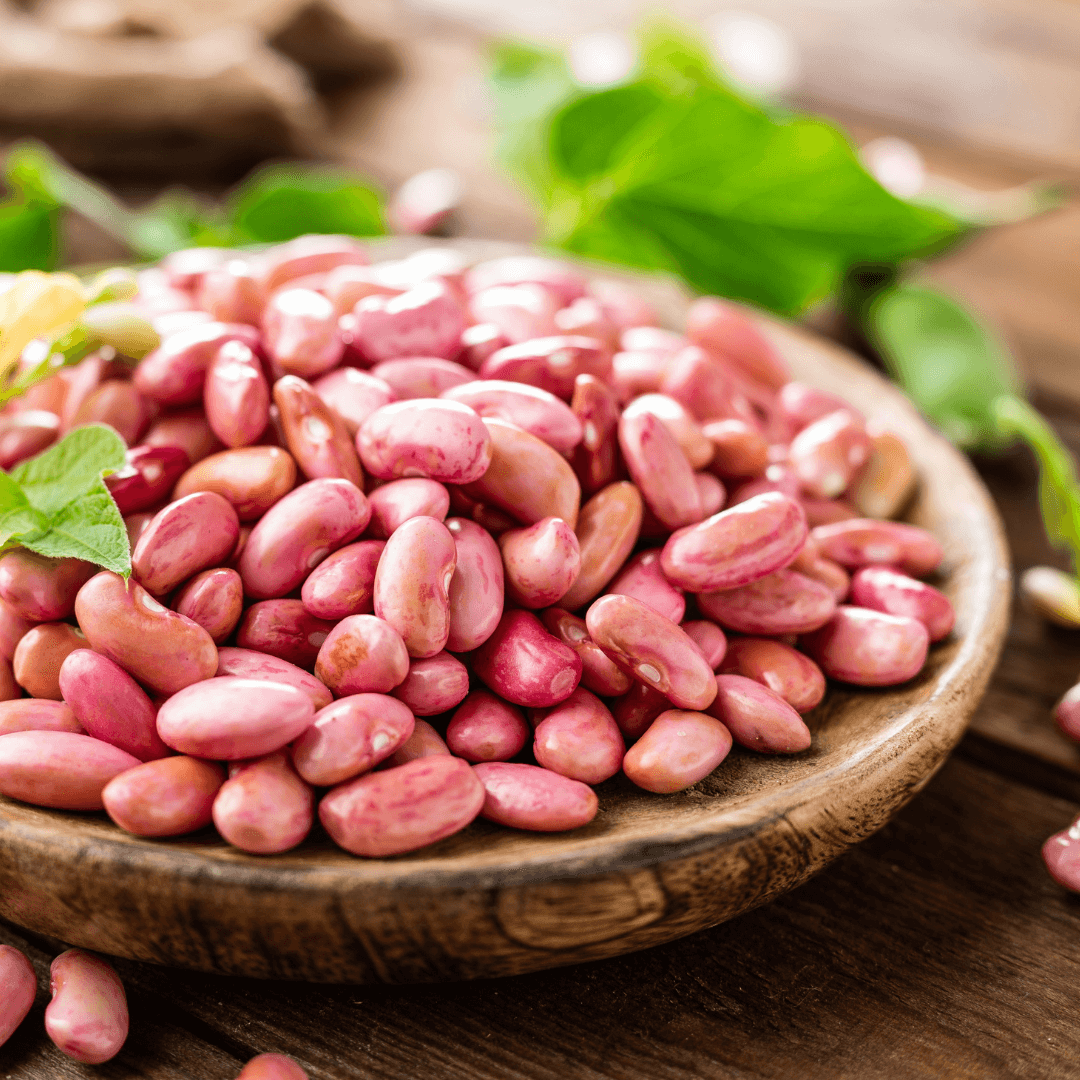 Canva
Canva
6 Kidney beans
Kidney beans are right on par with pinto beans in terms of protein—both contain 7.2 grams. Opt for these deep red beans if you’re looking for a protein and iron one-two punch. Kidney beans provide a whopping 21 percent of the daily recommended iron. No standard vegan chili is complete without a healthy dose of kidney beans.
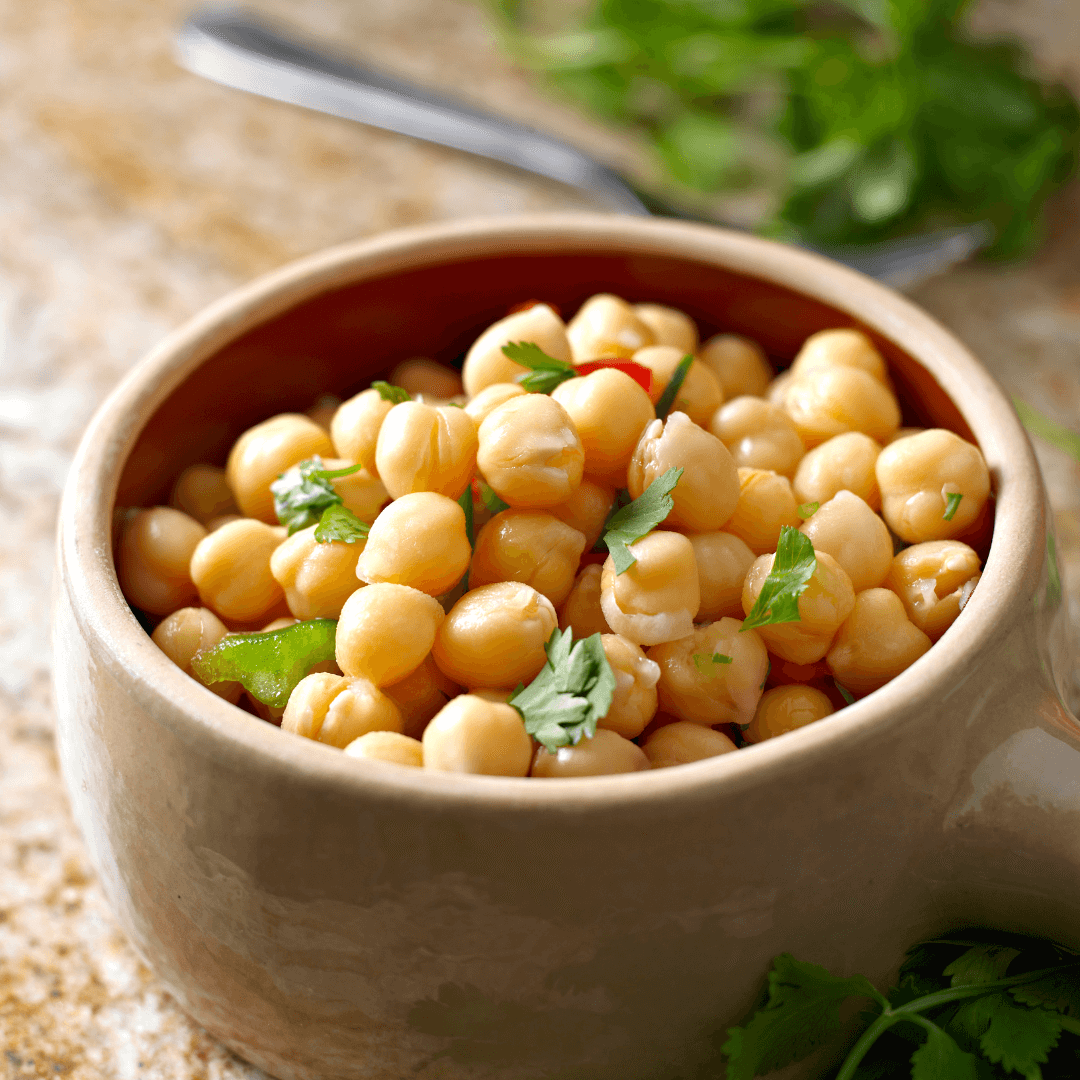 Canva
Canva
7 Chickpeas
As much as we love hummus, enjoying chickpeas as they come is a more efficient way to source your protein. Chickpeas provide just over six grams of protein. Two tablespoons of hummus only clock in at two grams. Toss them in soups, over salads, or make nutrient-dense baked goods by blending a handful of chickpeas into the batter. Don’t believe us? Try this recipe for Chocolate Chunk Blondies.
How to cook with beans: high-protein recipes
Providing protein is one thing, but we want our beans to be appetizing as well as nourishing. Here are seven simple recipes to transform basic beans into crave-able meals.
1 Speedy Black Bean and Potato Breakfast Hash
You’ll need all the protein you can get to lift this monstrous cast iron skillet full of seasoned home fries, beans, and veggies. The entire thing is simply seasoned with a jar of your favorite salsa—meaning you can skip the complex array of spices and simply dump and stir. This is our kind of cooking.
Get the recipe
2 Dairy-Free Butter Chickpea Curry
This comforting main meal is layered with flavor in the form of ginger, garlic, curry paste, coconut milk, and dried chili flakes. A can of chickpeas adds both texture and protein. Soak up the stew by serving over fluffy rice or with a side of vegan naan or roti.
Get the recipe
3 White Bean and Seitan Pozole
This homey Mexican stew provides plant-based protein in two forms: white beans and seitan. Both are exceptionally high in protein while also adding the meaty chew that’s characteristic of this dish. Make a large batch and freeze any leftovers for a quick and wholesome meal.
Get the recipe
4 Tahini Caesar Salad With Smoked Chickpeas
The classic Caesar salad is great, but it’s often lacking in nutritional value. If we’re eating salad, we want it to not only taste fantastic but check off a few nutrient boxes. Adding a handful of crunchy seasoned chickpeas helps to round out the dish by providing a boost of protein and fiber to transform this starter into a satisfying entrée.
Get the recipe
5 Vegan Chili and Corn Chip Pie
At what point does a dish become a casserole? Technically speaking, it’s when you cook it in a casserole dish. This protein-packed chili will feed a crowd, and with the addition of crunchy corn chips, it’s sure to please. Pro tip: add a layer of dairy-free cheese to gild the lily in the most delicious way possible.
Get the recipe
6 Freezer-friendly Black Bean Breakfast Burritos
Meal prep becomes infinitely easier once you realize you can freeze pre-made burritos. These humble wraps come together quickly and provide 20 grams of vegan protein per serving. The filling is made with a veggie-infused tofu scramble and seasoned black beans for a Southwest-inspired burrito perfect for breakfast, lunch, or dinner.
Get the recipe
7 Chickpea Tacos With Cashew Dill Sauce
With golden-brown roasted and spiced chickpeas and a dairy-free dill sauce, these fusion tacos are packed with flavor. Be sure to serve them with cilantro, lime, tomato, avocado, and hot sauce on the side.
Get the recipe

